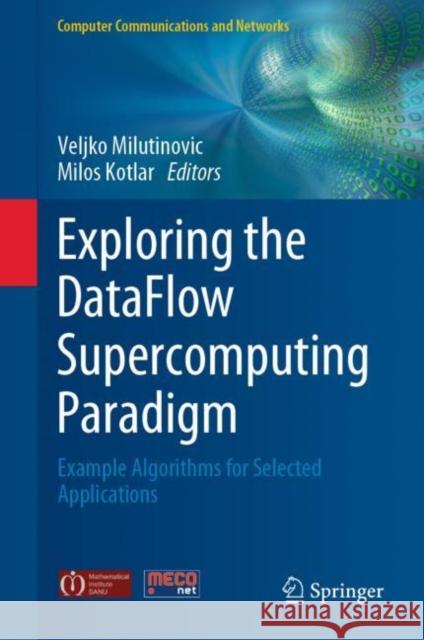Exploring the Dataflow Supercomputing Paradigm: Example Algorithms for Selected Applications » książka
topmenu
Exploring the Dataflow Supercomputing Paradigm: Example Algorithms for Selected Applications
ISBN-13: 9783030138028 / Angielski / Twarda / 2019 / 315 str.
Exploring the Dataflow Supercomputing Paradigm: Example Algorithms for Selected Applications
ISBN-13: 9783030138028 / Angielski / Twarda / 2019 / 315 str.
cena 221,37
(netto: 210,83 VAT: 5%)
Najniższa cena z 30 dni: 212,02
(netto: 210,83 VAT: 5%)
Najniższa cena z 30 dni: 212,02
Termin realizacji zamówienia:
ok. 22 dni roboczych
Dostawa w 2026 r.
ok. 22 dni roboczych
Dostawa w 2026 r.
Darmowa dostawa!
Kategorie:
Kategorie BISAC:
Wydawca:
Springer
Seria wydawnicza:
Język:
Angielski
ISBN-13:
9783030138028
Rok wydania:
2019
Wydanie:
2019
Ilość stron:
315
Oprawa:
Twarda
Wolumenów:
01











